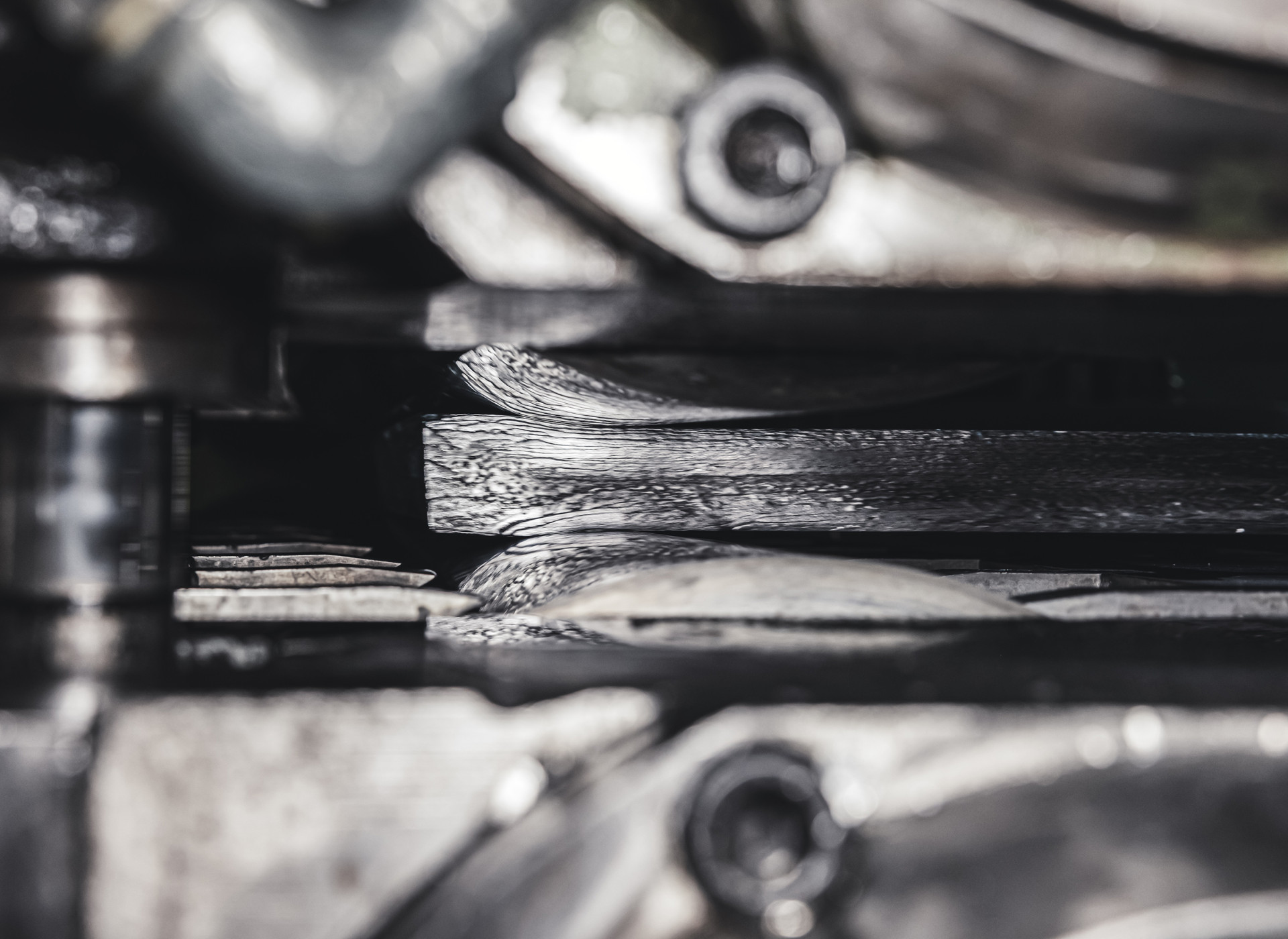Focus on Manufacturing: The Rolling of Metal Foil

The production of ultra-thin metal foils demands the highest levels of precision, process control, and metallurgical expertise. In hardly any other manufacturing process do physical, geometric, and mechanical parameters interact as finely tuned as in rolling.
Particularly when processing non-ferrous metals such as tin and lead into micrometer-thin foils, rolling is the decisive step for achieving tight dimensional tolerances, high surface quality, and well-defined mechanical properties.
EppsteinFoils specializes in the production of extremely thin, high-precision metal foils. Rolling is not just a manufacturing stage - it is an integral element of quality assurance and a key determinant of functionality in applications such as medical technology, sensors, shielding, or photovoltaics.
Rolling as a Key Process for Thickness Tolerance and Material Quality
Rolling reduces the thickness of metal step by step through controlled passage between rotating rolls. Depending on the base metal, target specification, and end application, various rolling stages are applied - from rough calibration to fine rolling and final smoothing. The process is precisely regulated, as deviations in the micrometer range can already compromise the foil's processability or performance.
In technical applications, it is not only the nominal thickness that matters, but especially the uniformity across the entire foil width and length. Flatness - i.e., the absence of bowing or internal stress - is also critical for downstream processes such as lamination, cutting, or stamping. EppsteinFoils uses advanced rolling systems with integrated process monitoring to measure tolerances in real time and adjust them automatically.
Surface Quality as a Functional Criterion
Beyond geometric precision, surface characteristics are a decisive quality parameter. Many applications - such as in electronics, medical electrodes, or X-ray intensifying foils - require carefully defined surface properties, including uniform roughness, high purity, and in some cases, specific microstructures. These qualities are not only shaped during rolling, but actively engineered.
By using polished rolls, adjustable speeds, and customized cooling media, we achieve surface finishes that enable excellent adhesion for adhesives, solder, or coatings. Textured rolls can also be used to generate controlled roughness required in sensor or medical applications.
Detailed Steps in the Foil Rolling Process
Production begins with a cast and alloyed slab of a non-ferrous metal - such as tin or lead. This material is first passed through rough rolling, reducing its thickness to a workable dimension. This is followed by multiple fine rolling passes that gradually bring the foil to its target thickness.
As thickness decreases, material stability becomes increasingly critical. The foil is more susceptible to edge waves, internal stress, or microcracking. Preventing this requires a precise balance of rolling pressure, temperature control, roll geometry, and lubricant selection. At EppsteinFoils, these parameters are continuously monitored and meticulously recorded to ensure traceability and consistency.
Challenges and Solutions in Precision Foil Production
Rolling ultra-thin metal foils brings unique challenges to manufacturing and materials engineering. Ongoing trends such as miniaturization in electronics, growing demands for biocompatibility or thermal stability, and the need to reduce weight call for foils with extremely tight tolerances, new alloys, and highly specific surfaces.
For example, when rolling lead foil for shielding or radiographic applications, the balance between ductility and dimensional stability is key. Tin foils for PV applications must maintain uniform surfaces and excellent solderability even at minimal thicknesses.
EppsteinFoils meets these demands through a combined approach of metallurgical analysis, process-specific parameterization, and tightly integrated quality control across the entire production line.
Additionally, our in-house post-processing capabilities - such as lamination, slitting, and die-cutting - allow seamless integration into customer-specific applications. This improves not only technical compatibility but also reproducibility and process safety for our clients.
Rolling Technology as the Foundation of Functional Metal Foils
Rolling is far more than a reduction technique - it is the technological basis for the performance of modern metal foils. Precise thickness tolerances, engineered surface properties, and consistent material quality don't happen by chance - they result from experience, advanced systems, and a deep understanding of materials.
At EppsteinFoils, this philosophy defines how we manufacture: metal foils that are not only ultra-thin - but technologically leading.